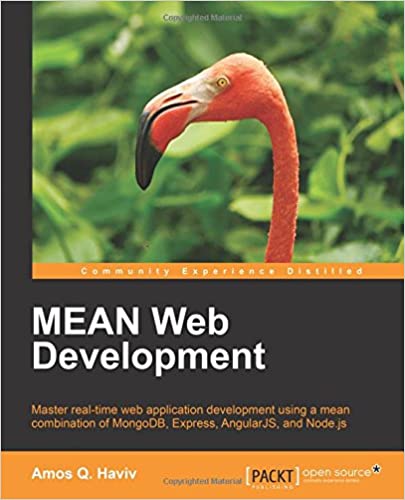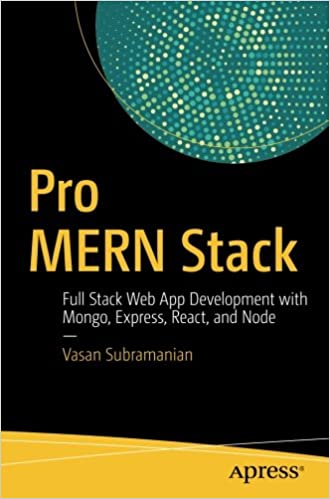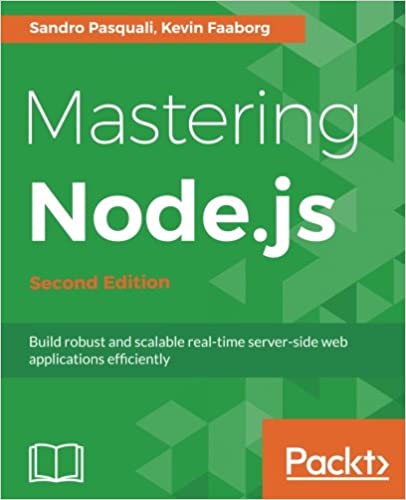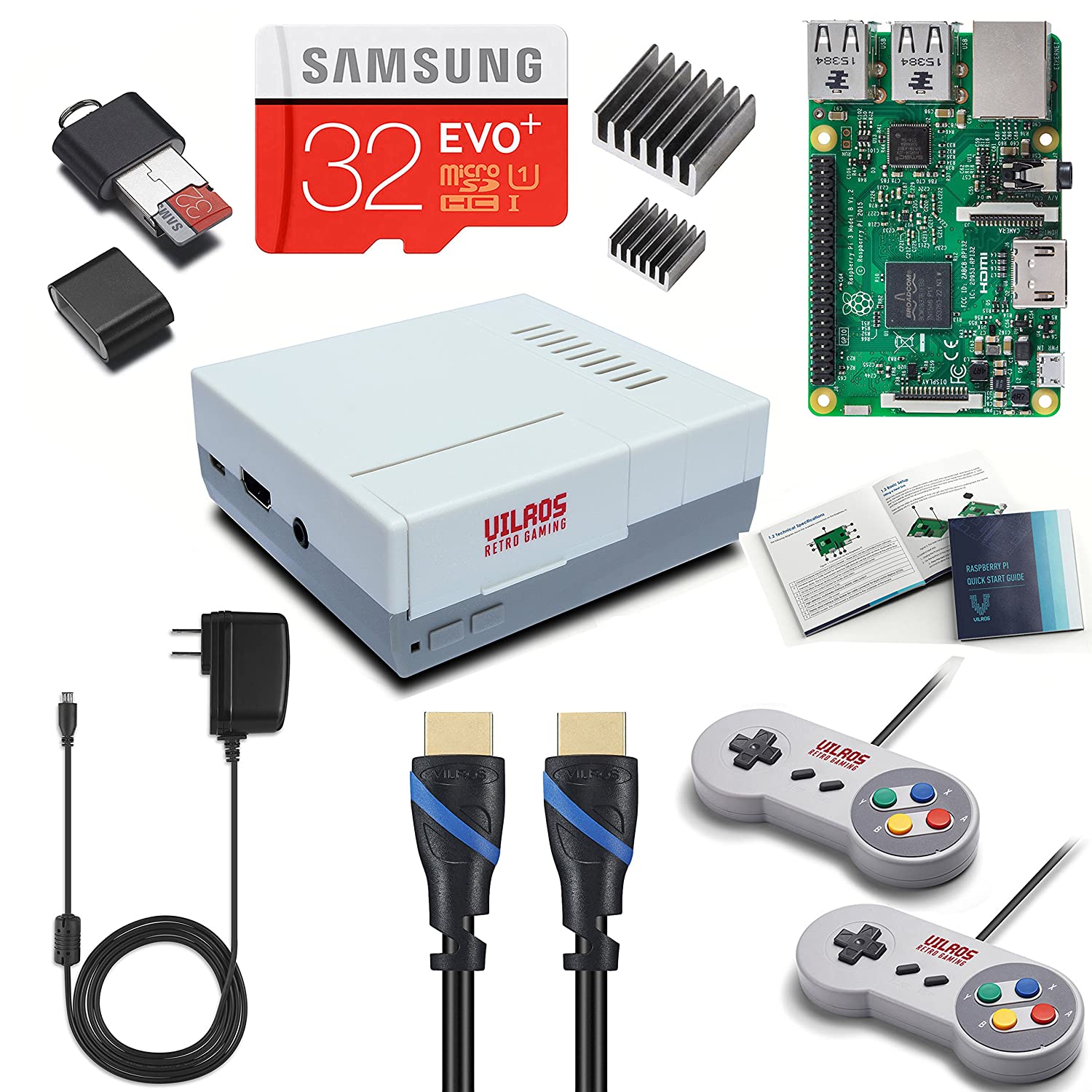Pages with tag Computer Hardware
- A DIY iPhone storage upgrade - the upgrade Apple hates the most
- Does a larger SSD drive have longer lifetime expectancy?
- How to build a large capacity, fast, portable SSD drive
- How to buy a refurbished computer
- In China you can build your own iPhone from spare parts
- Intel NUC's perfectly supplant Apple's Mac Mini as a lightweight desktop computer
- Making a light frame from a broken MacBook Pro display
- Monitoring SSD drive health
- SSD drive lifetime expectancy explained
- SSD drive technology, MLC, TLC, SLC
- Scotty, a.k.a. The iPhone Guy, has made awesome videos on iPhone technical innards -- who is he?
- Steve Wozniak Debunks One of Apple's Biggest Myths
- The DIY upgrade of 2017 iMac that's faster than the 5K iMac
- The cheapest iPhone is a refurbished phone, rather than building one yourself, says Scotty, the DIY iPhone Guy
- Upgrading or replacing battery pack, SSD and other parts on Acer C720 Chromebook's








